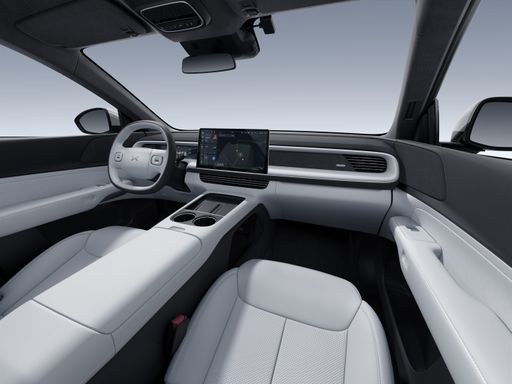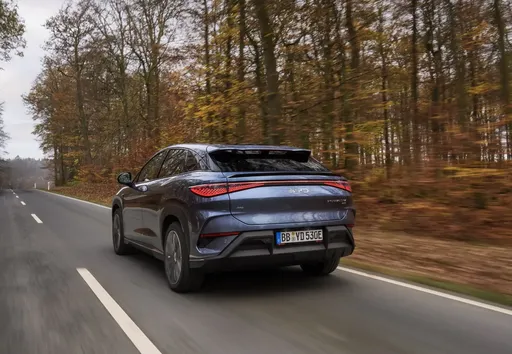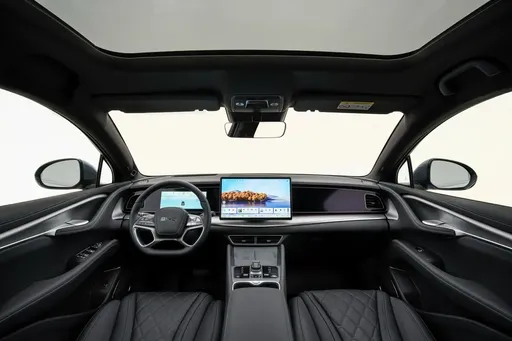A Clash of Electric Titans: XPeng G6 vs BYD Sealion 7
The electric vehicle market is rapidly evolving, with various automakers vying for supremacy in a competitive landscape. Two prominent contenders in the SUV category are the XPeng G6 and the BYD Sealion 7, both launching their respective 2024 models. This article provides a comprehensive comparison of the technical aspects and innovative features of these electric SUVs, enabling potential buyers to make an informed decision.





